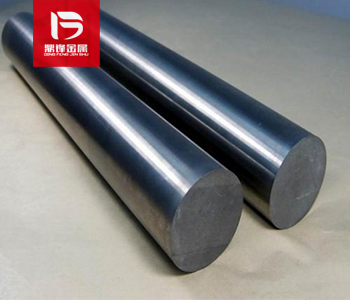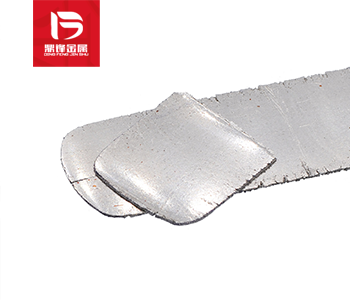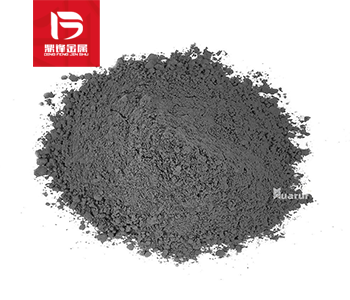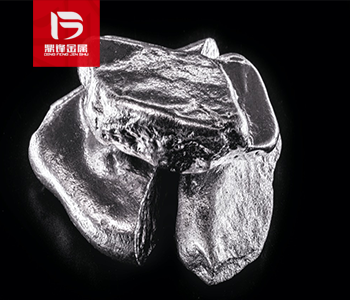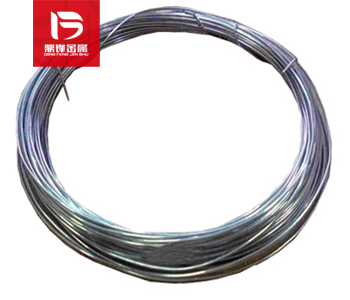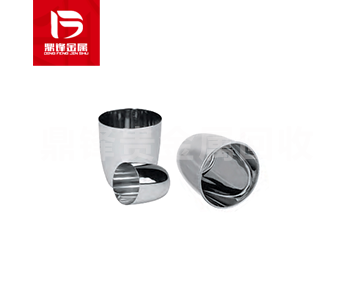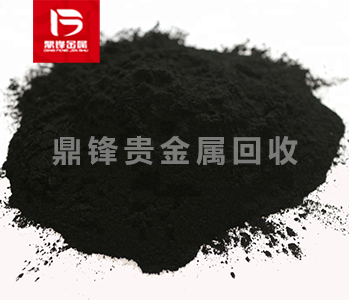Methods and processes in the recovery process of rhodium carbon waste
Rhodium carbon recovery is an important environmental technology aimed at effectively utilizing and recovering waste and wastewater containing rhodium, thereby reducing dependence on rhodium resources
Rhodium carbon recovery is an important environmental technology aimed at effectively utilizing and recovering waste and wastewater containing rhodium, thereby reducing dependence on rhodium resources and reducing environmental pollution. There are various methods and technologies that can be applied in the rhodium carbon recovery process. This article will introduce some common methods and technologies, and explore their principles and applications.
1. Solvent extraction method: Solvent extraction method is a commonly used method for rhodium carbon recovery. Based on the difference in the Partition coefficient of rhodium ions between the organic solvent and the aqueous phase, the separation and recovery of rhodium are realized through the selection of solvents and the operating conditions in the solvent extraction process. Generally speaking, an extractant is an organic compound with high selectivity and affinity, which can form a complex with rhodium to achieve the enrichment and recovery of rhodium.
2. Aqueous phase extraction method: Aqueous phase extraction method is a method that utilizes ligands in aqueous solutions to form complexes with rhodium, and achieves the enrichment and recovery of rhodium through phase separation of the solution. Commonly used aqueous phase extractants include ammonium salts, organic acids, and ammonia. The advantages of aqueous phase extraction method are simple operation, low cost, and suitability for large-scale industrial production.
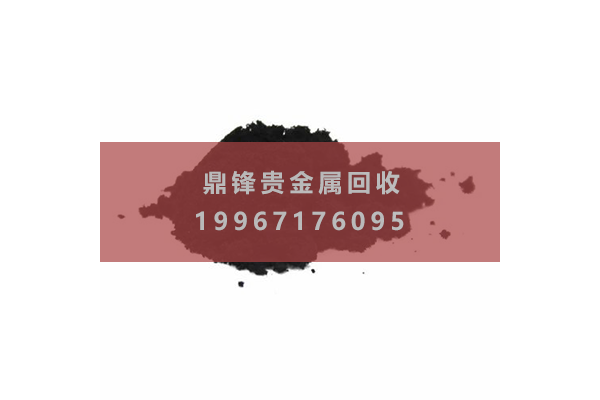
3. Ion exchange method: Ion exchange method is a common rhodium carbon recovery technology. It utilizes solid adsorbents with specific functional groups, such as ion exchange resins, to adsorb rhodium ions from the solution onto the solid surface, and through the elution process, rhodium ions are desorbed from the adsorbent. The advantages of ion exchange method are high selectivity and recovery rate, but the operating conditions need to be strictly controlled.
4. Membrane separation technology: Membrane separation technology is a membrane based material separation and concentration technology. In the recovery of rhodium and carbon, different types of membranes such as microfiltration membrane, ultrafiltration membrane and Reverse osmosis membrane can be used for separation. Membrane separation technology has the advantages of simple operation, low energy consumption, and producing high-purity products, but it has high requirements for solution treatment.
5. Chemical precipitation method: Chemical precipitation method is a method of converting rhodium ions into insoluble precipitates through chemical reactions. Common precipitants include ammonium chloride, sodium hydroxide, etc. By adjusting the pH value and reaction conditions of the solution, quantitative precipitation and recovery of rhodium ions can be achieved. The advantages of chemical precipitation method are simplicity and low operating cost, but the generated precipitates require further treatment.
There are various methods and technologies used in the rhodium carbon recovery process, and the selection of a suitable method depends on factors such as the nature of waste and wastewater, rhodium concentration, and recovery requirements. By comprehensively utilizing these methods and technologies, efficient, economical, and environmentally friendly rhodium carbon recovery can be achieved, contributing to sustainable development.
&Quot; Dingfeng Precious Metals Recycling includes precious metals such as gold, silver, palladium, rhodium, platinum, germanium, iridium, ruthenium, etc. This is our business in precious metal recycling. If you have precious metals such as gold, silver, palladium, rhodium, platinum, germanium, iridium, ruthenium that need to be recycled, please contact us and we will provide you with a satisfactory price& Quot;



